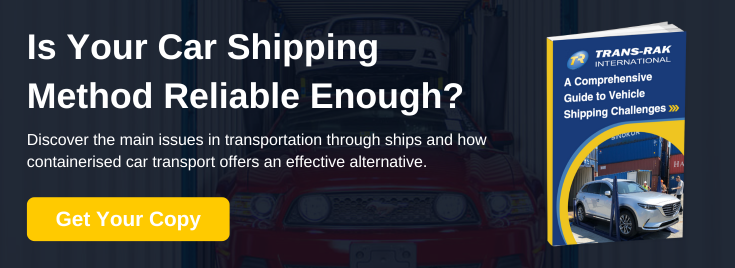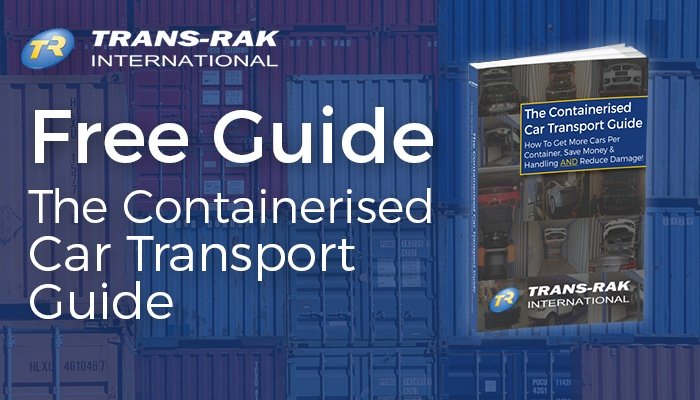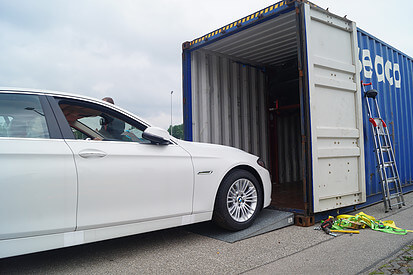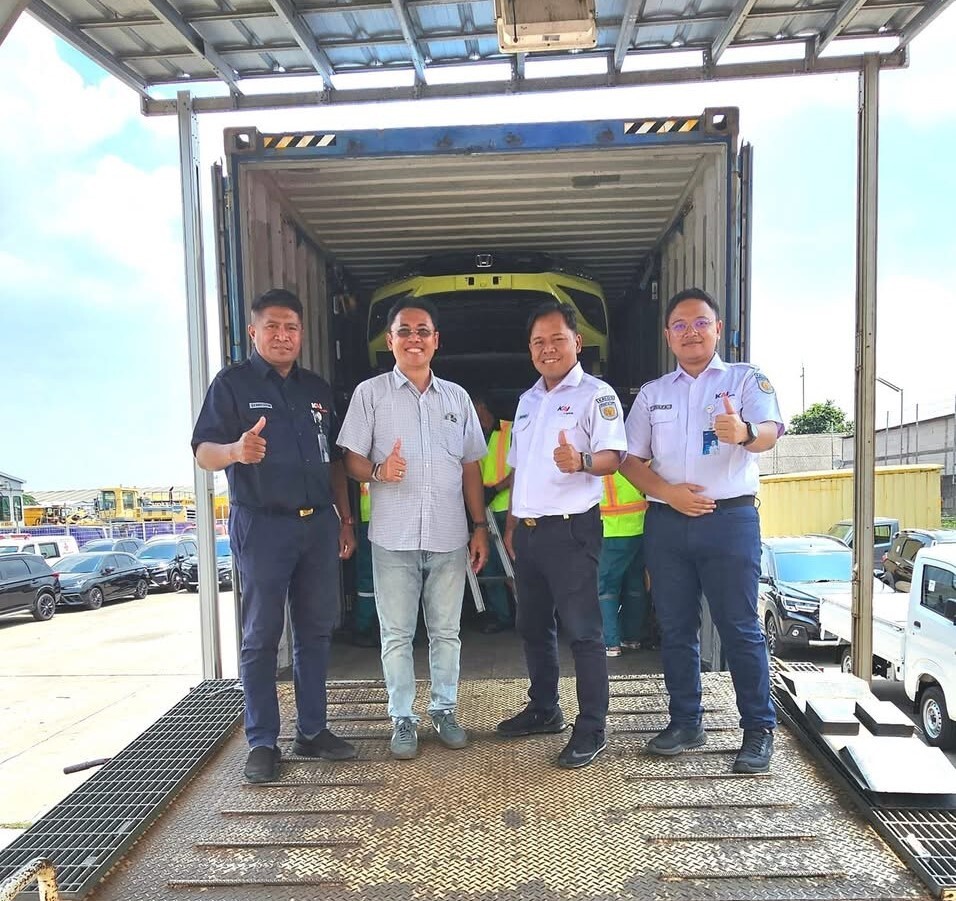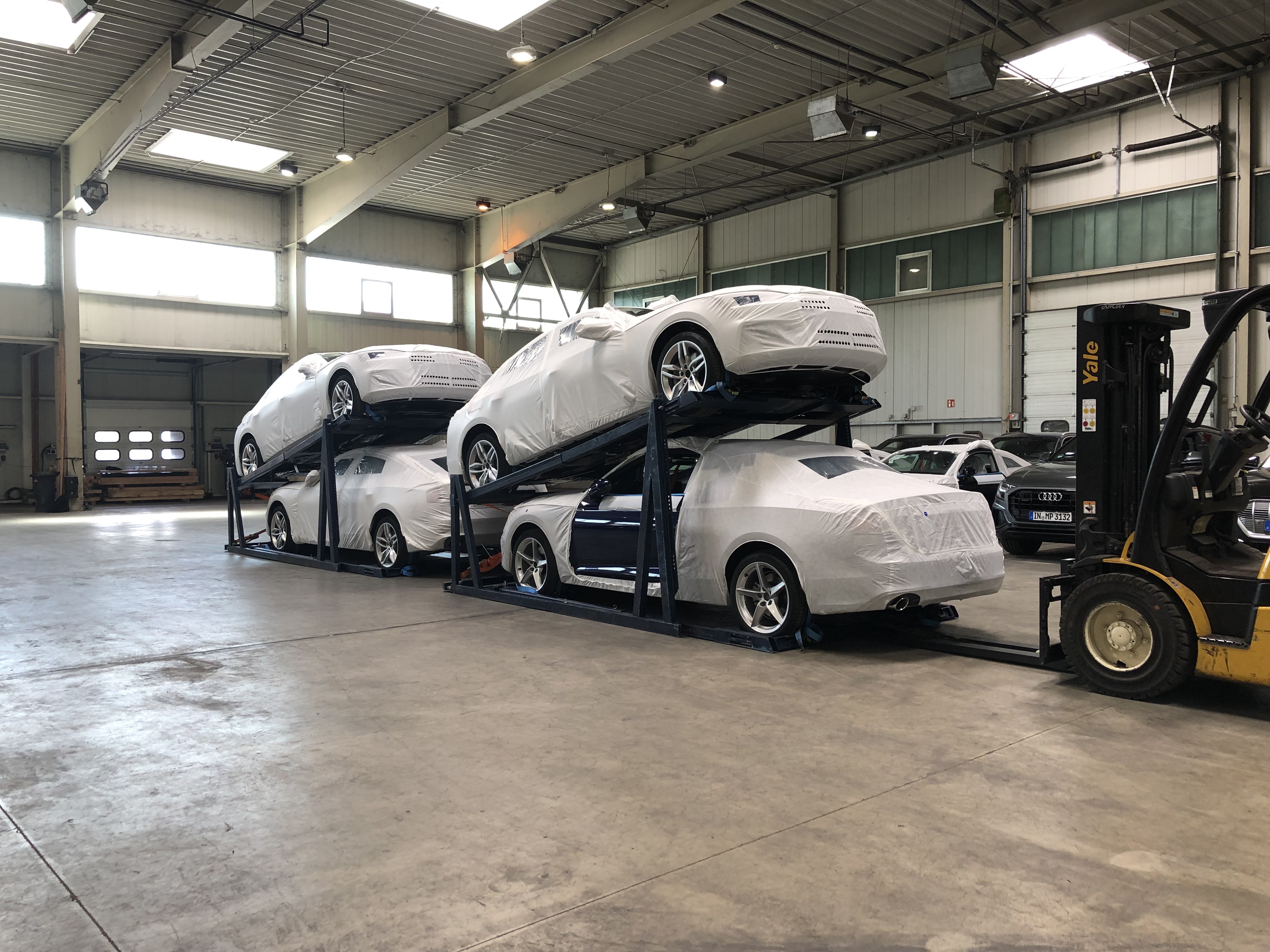
As the global shift towards electric vehicles (EVs) accelerates, the automotive logistics business faces a critical challenge: namely, how to safely and efficiently transport hazardous goods like lithium-ion EV batteries.
These high-risk materials demand a rethinking of how containerised transport operates, in order to avoid fire hazards and dangers to cargo and personnel. From fire risks to regulatory hurdles, the stakes have never been higher, but so are the opportunities for innovation. In this article, we look at the complexities of hazardous goods transport and how you can address them.
The Complexities Of Hazardous Goods Transport:
Transporting hazardous goods overseas leaves precious little room for error, forcing manufacturers, shipping lines, and logistics businesses to take additional steps to prioritise safety. This is due to a range of issues that make logistics more complex and hazardous, for example:
Hazardous Goods Require Specialist Knowledge
One of the main complexities surrounding EV batteries is the need for specialist training in storage, handling, and other best practices. Lithium-ion batteries are energy-dense items that can easily overheat or ignite if mishandled. This risk requires a global network of well-trained staff who understand not only the properties of hazardous materials but also the specific protocols needed for secure and safe transit. Meeting these needs now and in the future requires businesses across the supply chain to establish robust training programmes that cover everything from the identification of potential risks to the correct responses to take in an emergency.
Collaboration is the key to overcoming this hurdle and for establishing the safety mechanisms to meet the unique dangers of hazardous cargo. Manufacturers of EV batteries, logistics providers, and regulatory bodies all need to work more closely together to establish standardised shipping procedures and a unified approach to training and safety.
The Limits Of Shipping Infrastructure
The marine and portside infrastructure used by the automotive industry, largely developed in the aftermath of the Second World War, is not optimised for electric vehicles or their batteries. Most operators now recognise the risk of transporting electric vehicles by Roll On Roll Off (Ro-Ro) ferry, following several high profile fires in recent years. And while containerised shipping offers several advantages over Ro-Ro transportation for electric vehicles, it is not without its limitations. Shipping containers must be equipped to house hazardous material such as EV batteries, with adequate ventilation, monitoring systems, fireproofing measures, and safeguards to minimise the risk of spillage or combustion during shipment.
Effective risk management in hazardous goods transport often begins with advancements in shipping container design and materials. For example, modern containers can be fitted with improved ventilation systems to prevent the buildup of toxic or combustible fumes, and help regulate internal temperatures.
Alongside this, fire resistant linings and reinforced construction methods can increase the container’s ability to withstand harsh conditions at sea, further reducing the risk of leaks or physical damage to volatile components. Some operators are also adopting modular racking containment systems engineered specifically for hazardous cargo, supporting a variety of flexible loading configurations. These adjustable racking solutions make it easier for operators to secure their batteries and other dangerous goods safely, regardless of size or shape. Regular container inspection and maintenance is also important, including routine safety checks before and after each shipment to identify the early signs of wear, corrosion, and minor damage before it becomes a structural issue.
Meeting The Challenges Of Today And Being Prepared For Tomorrow
The transport of hazardous goods in containerised vehicle shipping is an evolving challenge. Our reusable racking systems equip businesses to meet these challenges head on with improved safety, security, and compliance standards for EV and battery shipments. To find out more, please contact one of our experts today by clicking here, or by calling 01926 408 282.
Image source: Canva


